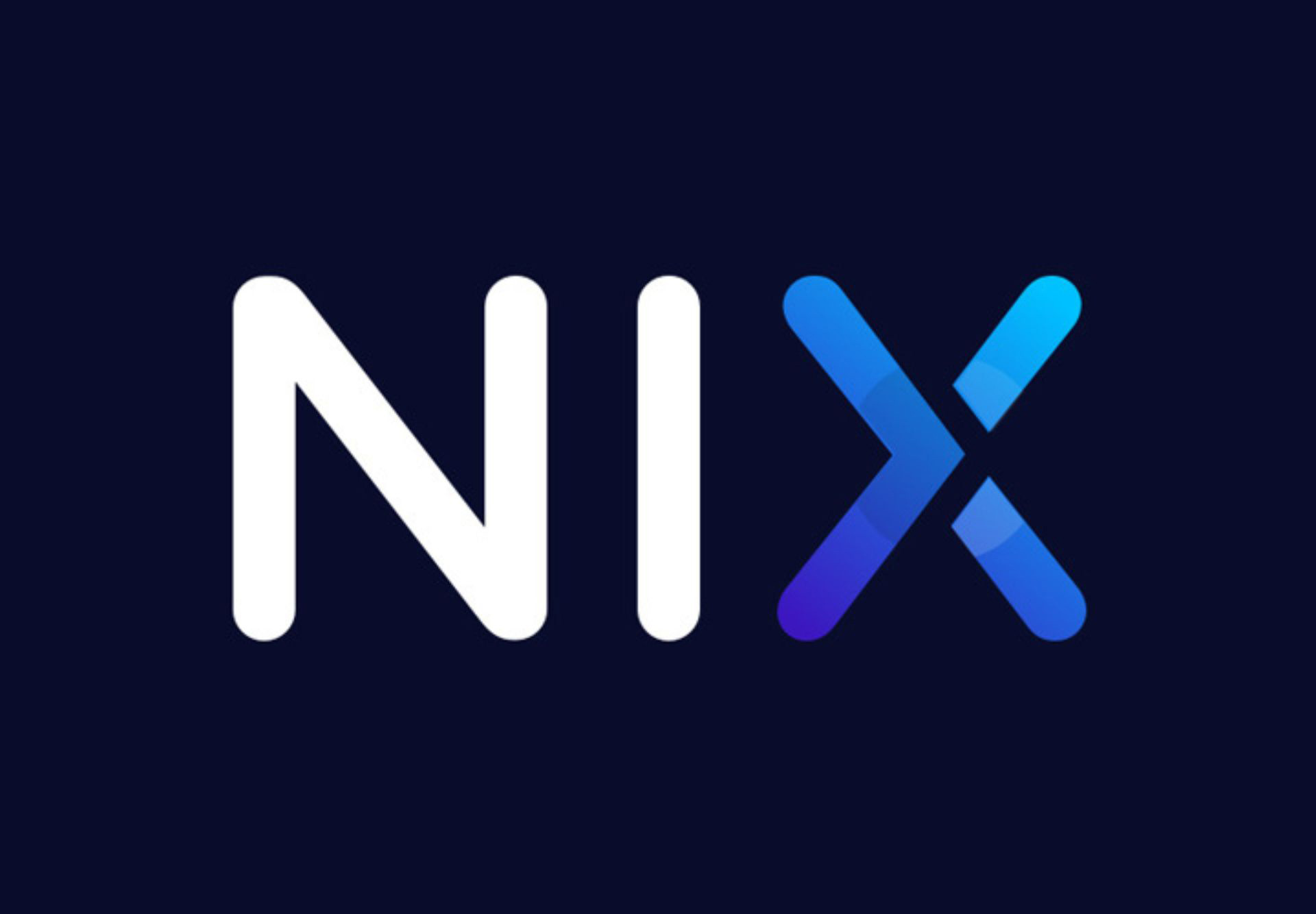When it comes to installing a new application on your machine, where do you typically source it from? This question may seem trivial, but it’s a pervasive challenge for every computing platform.
In the era before widespread internet access, fresh software packages were disseminated through physical media, such as CDs or USB drives. To upgrade your operating system or install the latest Bitcoin Core, you’d have to physically acquire it, either by purchase at a store or mail delivery. The contents of the CD or USB would then be copied onto your local disk.
As a coder, distributing your programs meant handing out physical copies to your social circle or working with large corporations that facilitated software distribution to their clientele.
However, the dawn of always-online computers dramatically transformed software distribution. Now, obtaining a copy of a new program is as simple as downloading it from the internet. This development significantly streamlined the process for developers to create downloadable apps, but it introduced a new issue: where on the web should users source their software?
The Digital Marketplace for Hackers
Mobile ecosystems tackle the challenge of new app distribution through built-in programs such as the “App Store” or “Google Play Store”. Developers upload their latest app versions to these platforms, which then silently update the apps on users’ devices.
While this approach works seamlessly for mobile applications, some software are desktop apps or developer tools. These also require a distribution channel. In the desktop context, these digital marketplaces are often called “package managers”, which oversee the software packages downloaded to your machine.
Modern package managers comprise a central server or repository, tracking the most recent app version, and a client-side application running on the user’s computer.
If you’re a developer, you’re likely familiar with package managers like “Homebrew” or “apt-get install”. They operate by occasionally checking in with the central repository for updates on installed packages. With the appropriate operating system and permissions, these checks can be automated to download and install app updates.
You also have the option to add other software sources to your local package-manager client. If a developer hosts their apps independently rather than uploading to the central repository, you would need to add their hosting website to your package-manager client.
Recreating the Universe with Nix?
Nix, a package manager, aims to deliver reproducible builds across all its distributed packages. It achieves this by meticulously tracking all build inputs and using the same inputs as the original builder. This ensures consistency across every build on any machine.
Nix hashes every input and output of a build, allowing it to detect when an input changes. If the inputs alter, the outputs are guaranteed to follow suit.
The primary challenge with reproducible builds is managing different versions of inputs across users. Every new program you build may require a specific version of its input to be reproducible. Nix resolves this by using hash lists to track builds, only utilizing inputs matching its expected hashes. The downside is that Nix demands more disk space and often takes longer to download, as it needs to source the correct inputs if they’re not already on your machine.
However, thanks to advancements in storage technology, managing multiple versions of the same program is no longer a concern. Nix simplifies the process of distributing a reproducible build of your software, ensuring that users can reliably recreate your software on their machines without any hiccups.
Distributing open-source software in a user-friendly and reproducible manner is vital. It facilitates easy adoption of the project and encourages contributions from new developers. A few years ago, a group of daring developers launched a repository of prevalent Bitcoin software projects, bundled as Nix packages and modules.
These packages simplify theprocess of installing and running a Bitcoin node for Nix users, catering to nearly any system architecture. There’s no need to worry about installing the correct dependencies before executing the build commands as the project will build from your machine’s source. The Nix-Bitcoin repository offers quick, fuss-free download, build, and running of a Bitcoin node from scratch.
The repository also includes Nix “modules,” which are configurations for software applications designed for NixOS. These allow anyone running NixOS to reproduce Bitcoin Core builds and other Bitcoin open-source projects and quickly have them up and running on their machines.
Despite Nix’s transformative effect on Bitcoin project builds and shipping, its adoption isn’t universal. This can be attributed to its steep learning curve and the different paradigm of using Nix as a package manager.
The Bitcoin++ conference in Berlin aims to change this. As a developer-focused conference series, Bitcoin++ centers on various topics in Bitcoin development, including expanding the use of Nix in Bitcoin.
To conclude, while Nix has its challenges, it holds immense potential in advancing the distribution of Bitcoin software, making it more accessible and convenient for developers and users alike.

